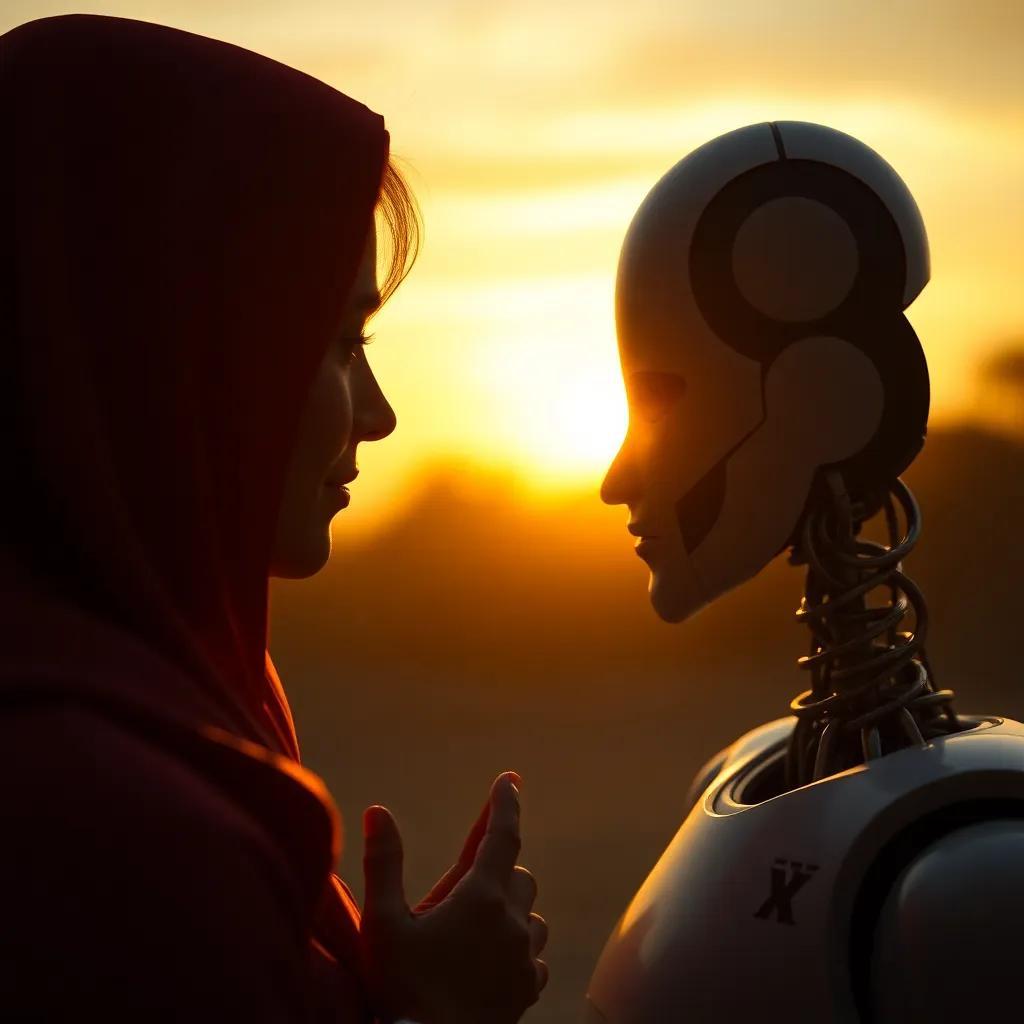Table of Contents
Intriguing Adaptive Evolution

What if a robot could learn and adapt like a human? Surprising as it may seem, over 50% of companies are investing in adaptive robotic technologies, recognizing their potential to revolutionize industries. recent studies reveal that adaptive learning significantly enhances operational efficiency, with some organizations reporting productivity increases of up to 40%. This article will explore the foundation of real-time learning in adaptive robots, delve into their transformative implications for various industries, and highlight their evolving relationship with human workers.
The DNA of Adaptive Learning
At the heart of real-time learning in adaptive robots lies sophisticated algorithms capable of continuous evolution. These systems utilize real-time data to enhance their decision-making processes and operational capabilities, transforming static machines into dynamic entities.
- Machine Learning: Algorithms learn from new data,adapting in real time.
- Neural Networks: Inspired by human brain functionality, they help robots recognize patterns and apply learned knowlege to new scenarios.
- Feedback Loops: Constant interaction with their environment ensures robots continually refine their strategies based on success rates.
According to industry data, adaptive robots demonstrate 50% faster problem-solving abilities compared to their predecessors. Companies adopting these technologies show a 30% reduction in downtime due to enhanced responsiveness. The urgency for businesses to integrate adaptive robots is visible-those who fail to adapt face dwindling competitive edges in rapidly evolving markets.This profound shift not only promises increased efficiency but also redefines collaboration between humans and machines.
Trailblazers in Industries
Adaptive robots are not merely confined to traditional sectors; they’re pioneering advancements in diverse domains, notably logistics and healthcare. The rise in e-commerce has spurred companies like Amazon to employ robotic systems capable of learning optimal packaging and sorting routes.
- Logistics Innovation: Adaptive robots can autonomously adjust their actions based on real-time inventory changes, significantly increasing throughput.
- Healthcare Conversion: Robots like surgical assistants adapt techniques based on individual patient anatomy, improving precision and outcomes.
Comparatively,reports suggest that logistics companies using adaptive robots could cut operational costs by as much as 25%. Analysts estimate that by 2025, the healthcare sector could witness an increase in robotic surgeries by 30%, driven by consistent adaptability and learning. the implications extend beyond mere efficiency; they herald a shift in how industries conceptualize workforce structure and operational strategies.
Human-Robot Synergy
The integration of adaptive robots into workplaces presents profound implications for human labor. As these machines take on more complex tasks, traditional job roles evolve rather than disappear.
For instance, factory workers are transitioning from manual tasks to oversight and programming roles, ensuring robots function optimally. A recent study revealed that 62% of employees see robots as allies rather than threats, recognizing the potential for skill enhancement through collaboration.
moreover, businesses that embrace this synergy are likely to experiance increased employee satisfaction; approximately 70% of workers report feeling empowered when augmenting their skills alongside robotic systems. Companies that prioritize training and support systems can expect to retain top talent, fostering a culture of continuous learning and adaptability in the workplace.
Future Visions Await

adaptive learning in robots is reshaping the landscape of multiple industries, fostering efficiency, collaboration, and innovation. As we embrace this technological era, businesses must recognize that the future lies in harmony between humans and machines. Will we harness this potential to drive progress, or risk being left behind in the rapidly evolving world of adaptive robotics?




